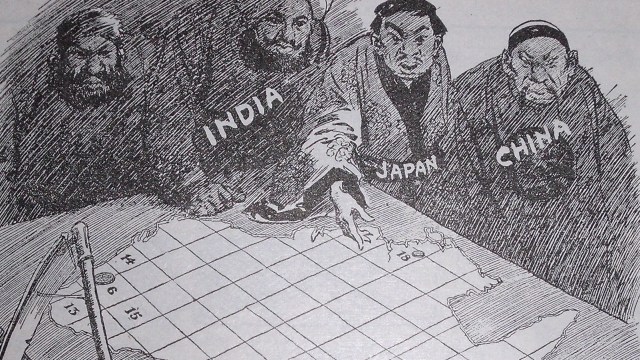Bridge to Nowhere: a Map of Golden Gate Jumpers

It’s 75 metres (245 ft) down from the deck of the Golden Gate Bridge to the water below. That drop will kill most people (*). And that’s exactly what it did to over 1,200 people who jumped off the bridge since its opening in 1937.
San Francisco’s most famous landmark, the world’s longest suspension bridge at its opening, has earned the sad distinction of being the world’s most popular suicide spot (others include Aokigahara, the “Sea of Trees” at the foot of Mount Fuji [Japan], Niagara Falls [US/Can], Beachy Head and Clifton Bridge [both in England]).
The number of jumpers from the bridge, spanning the over 2 km (6,700 ft) wide strait at the entrance of San Francisco Bay, has varied greatly throughout the years, never more than around 10 until 1960 (with the exception of the 20 of 1948), then rising dramatically to peak at 40 in 1977 and dropping again to a low of less than 10 in 1990.

In 2004, 24 people jumped off the Bridge, spiking to 38 in 2007 – an increase many blamed on The Bridge, a documentary about the place’s fatal attraction. In 2008, authorities voted to install a ‘safety net’ six metres below the Bridge.
This cartogram details the exact locations of the suicides, corresponding them with the 128 light poles that line the Bridge (east to west, even ones on the oceanside, uneven ones on the bayside). For obvious reasons, the areas closest to the edges of the Bridge are less popular (most suicides aim for maximum effect, i.e. longest way down). Remarkably, the bayside is a lot more popular than the oceanside. The hotspot is light pole 69 with, as of this map, 56 recorded suicides.
Many thanks to Szymon Piotr Nogalski, who most recently submitted this map, and others who did so earlier. The map was sourced here on SFGate, the online presence of the San Francisco Chronicle, the newspaper that first published this suicide map.
Strange Maps #398
Got a strange map? Let me know at strangemaps@gmail.com.
(*) After a fall of about 4 seconds, a jumper would hit the water at approximately 140 km/h (87 mph) – lethal in most cases. Those surviving the actual fall usually succumb to hypothermia, induced by the cold (8°C/47°F) water of the Bay. Over the decades, 26 people are known to have survived the fall and the cold water.





